The Subnet Book - Intro
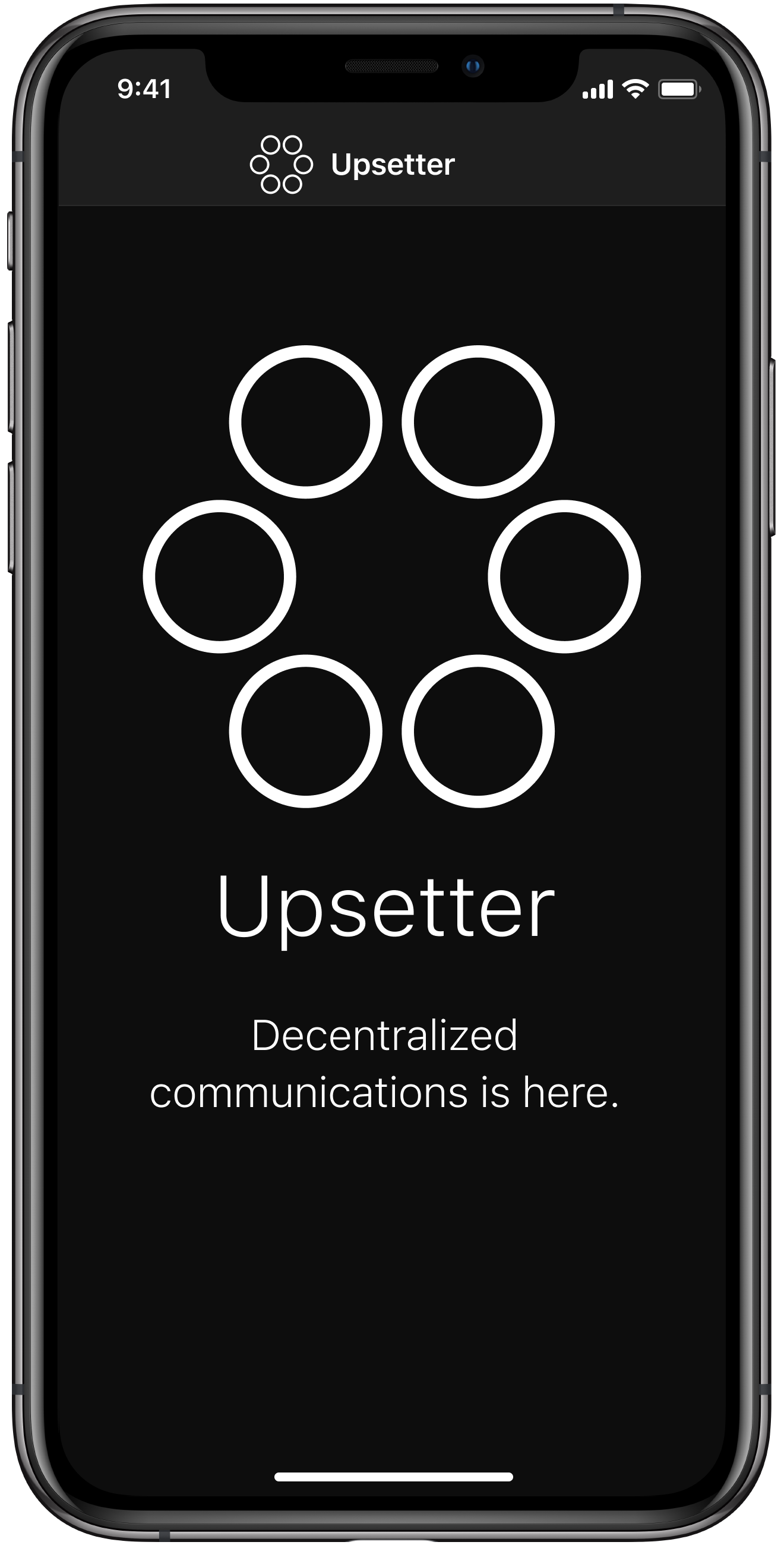 | 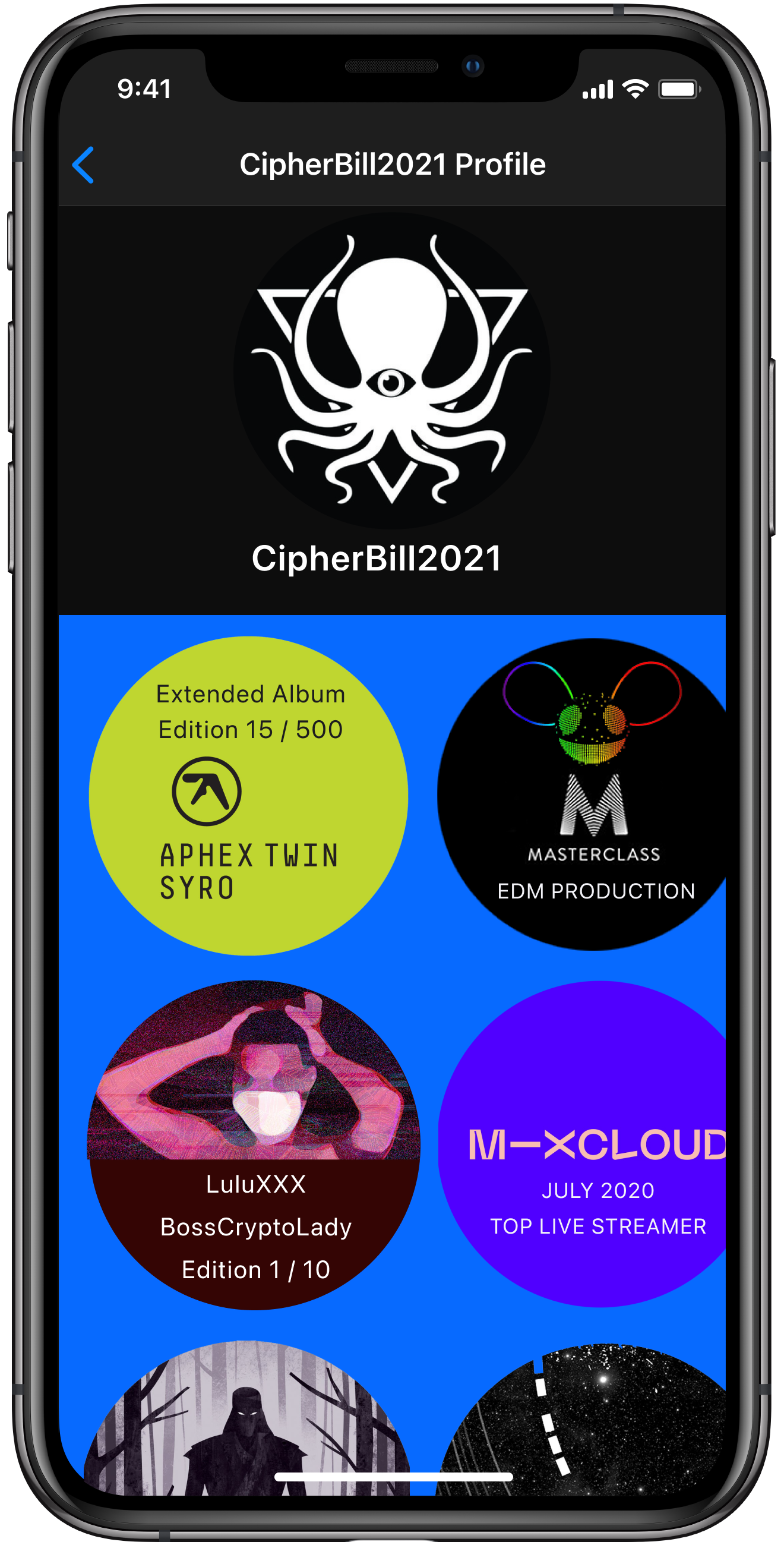 | 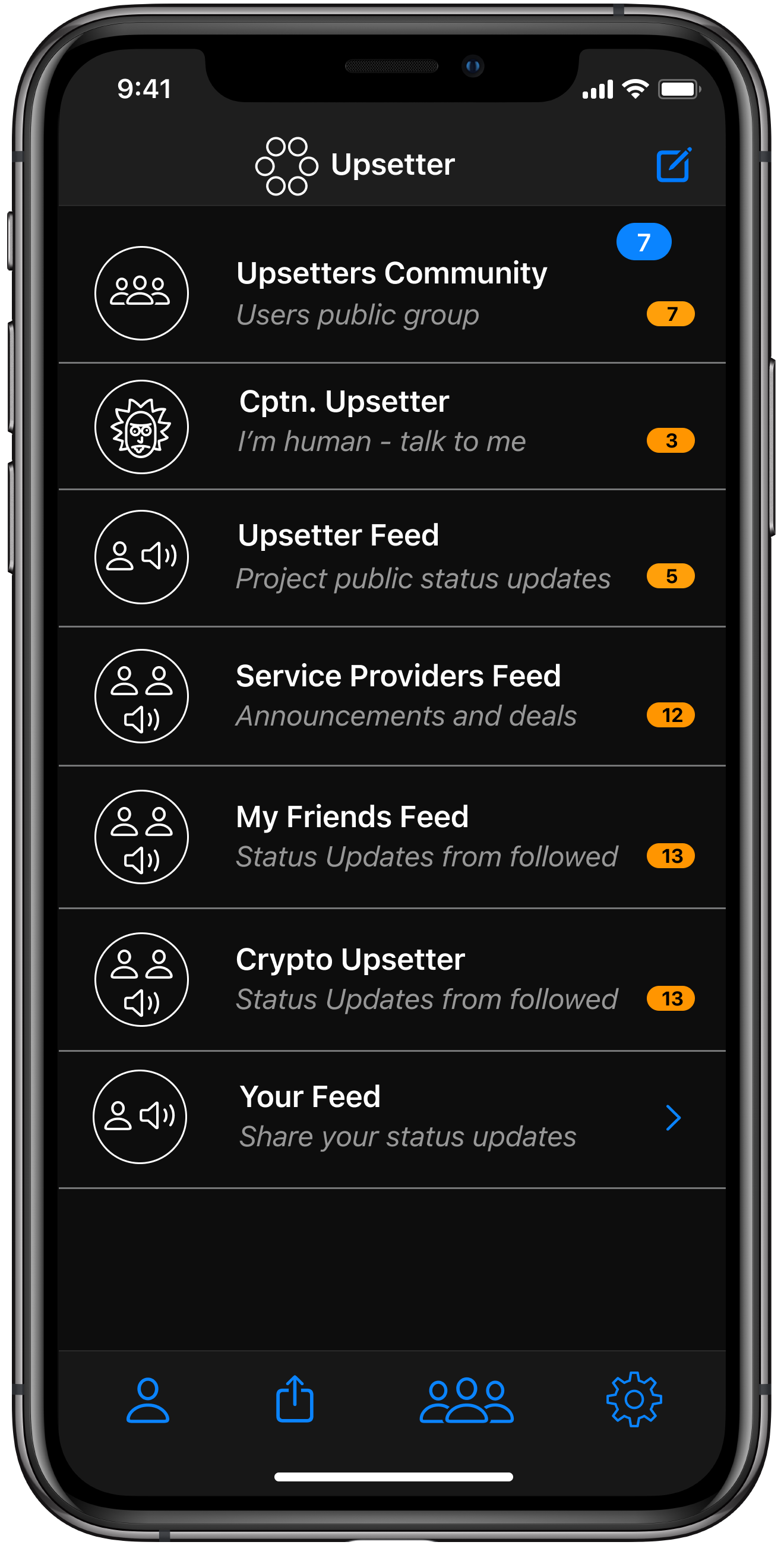 | 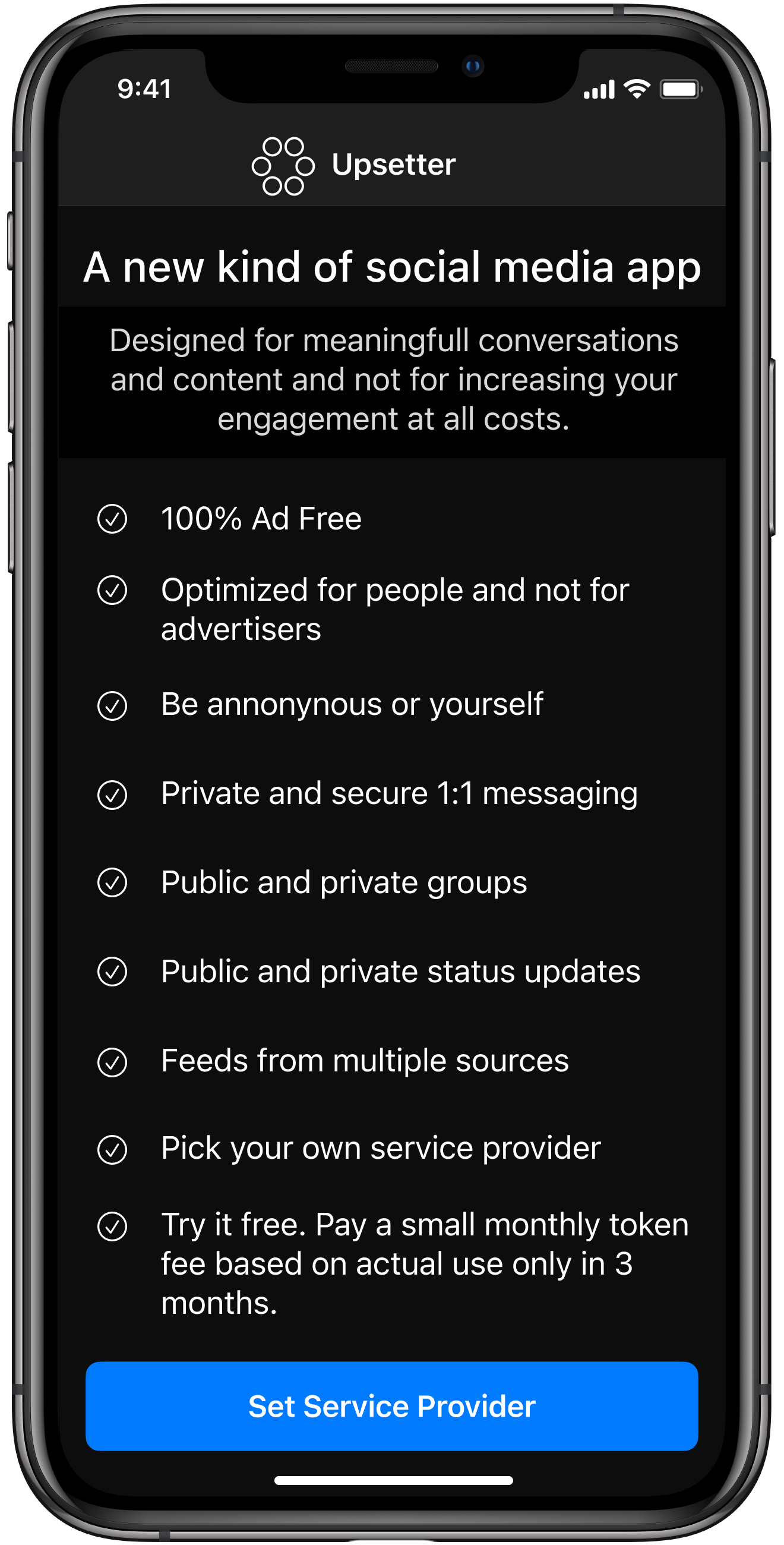 |
|---|
Welcome to the intro of the Subnet book. We are glad to see you here. This book describes the Subnet v0.1.0 platform. Read it to learn all about Subnet.
TL;DR
Subnet is a highly-opinionated digital communications platform with a focus on strong privacy and users-control for building social media and communications apps on top of a decentralized and incentivized software infrastructure, a native cryptocurrency using a new Internet protocol we call SUB - the Subnet Network Protocol.
Upsetter is the first desktop and mobile application for the Subnet platform.
Why?
The project's main motivation is to create a better possible future for all of us by decentralizing social media.
Subnet vision is to provide humanity with the products and technology needed to take back the privacy, anonymity, intimacy and the right to free speech that it has mostly lost by using centralized digital communications platforms offered by private tech companies since the dawn of the digital age.
It is our belief that it is time to decentralize social media and instant messaging in order for humanity to take back control of its own digital future and give people a choice to between decentralized and centralized social media platforms.
The main problems that Subnet aims to solve
A lack of modern communications platform which is user-focused and not corporate and advertisers focused.
A platform which is designed to protect people's universal rights to freely communicate and associate, own their communicated data, preserve their privacy and not make them first-class and not second-calls citizens in the system.
A lack of a digital communications platform which deeply integrates nano-transactions on a global scale using a fair un-game-able money.
This problem is what holds cryptocurrencies back from achieving their full revolutionary potential for being a global means of payment without borders or interests of nation states, national banks and multinational corporations.
Major platform risk of social media
- Once people use a platform they are locked into it.
- Users have to trust platform's promises about privacy protections which may change in any moment and without any notice.
- Risk of privacy data leaks is real and serious.
- Arbitrary and opaque network operator content censorship which may change at any time and without users consent and lack of anonymous expression options.
Social media major contrition to the corruption of modern civilization and democratic societies.
Social media platforms are optimized for engagement and personal data abuse due to their advertising-based business model. This leads to extensive use of content recommendations algorithms which feed and amplify speculative content such as rumors and conspiracy theories to almost everybody. This content has a big effect on what many people believe in and regard as right, desirable and true and causes great harm to societies and civilization.
The absolute reliance of legacy social media platforms on ads is extremely harmful for civil society.
Ads are brainwashing mechanisms which are mostly designed to make people who don't buy (or can't afford) stuff they don't need unhappy. In many cases ads on social media masquerades as personally shared content by real people. This helps to create a false and distorted world view for many users. A world in which the only way out of anxiety is to consume more and to imitate the behavior of others as perceived on social media more.
What?
This section answers what apps and main features we aim to build.
The problems outlined in the previous section have been outlined by many in the discourse around digital platforms. However - fixing these problems is hard and requires both a major conceptual switch and nontrivial disruptive enabling technologies and products.
Subnet is an highly-opinionated design for a platform that solves this problem. The platform includes a new network protocol called SUB - The Subnet Network Protocol, a design for how servers, clients and end-user applications communicate with each other to enable communication network services in a brand-new way.
Imagine a Whatsapp-like and a Twitter-like apps which are private, secure, 100% ads-free, censorship-free and tracking-free, built on top of a radically different decentralized open network infrastructure that is operating above the core Internet protocols in a scalable and highly incentive-compatible manner.
Our aim to build the following user-centric digital communications apps on top of a decentralized incentivized network infrastructure:
Instant messaging(like WhatsApp but w/o ads or costs for businesses) - 1:1Group messaging(like Telegram or Facebook groups but private and secure) - n:nStatus updates(like Twitter but w/o censorship, ads or personally identifiable accounts) - 1:nFeed with updates from multiple sources(convenience) - n:1Premium content- can be published by anyone, shared on any channel, purchased and consumed in the client. Blog posts, videos, images, etc...Newsletters- Status updates from a source with a monthly subscription.Premium groups- Paid content via a monthly subscription from several sources.Ephemeral Publishing- Short-form content published to subscribers which is automatically deleted after some time.User-to-user payments- Instant payments between any two users using a stable cryptocurrency.Priority Inbox- Enable people to get paid for their attention. Your email inbox is a todo-list that others create for you to consider. Priority inbox is a todo list others pay for you to consider. Users get paid for opening and reading a message from their priority inbox by the message's sender.
Future additional platform applications...
Proxy / VPN.Cloud StorageandCloud Backup.- Emergent use cases we can't imagine just yet...
Instant Messaging (1:1)
Anyone should be able to send and receive short multimedia (text, images, videos, emojis, etc...) messages from any other person (or entity such as an organization or AI) without any limitation, and to block anyone from sending him unwanted messages.
Group Messaging (n:n)
Anyone should be able to create a private chat group and determine which other people can become members of the group.
Every group member should be able to send messages to the group, read messages sent by any other group member to the group and reply to messages without any limitations.
Group creator should have full control about group membership. Once a member leaves or is removed from a group - he can't see new group messages.
Status Updates (1:n)
Any human or entity in the world (organizations, AI) should be able to post status updates without any limitations or censorship whatsoever, and do so anonymously, or be identifiable if it so wishes, in a way that only other people or entities that the author explicitly approves, can read and reply to. Nobody else should be able to see or know about these updates.
Multiple Sources Feed (n:1)
Users should be able to create feeds that contain messages and status updates posted from multiple such as groups, protected status updates, public status updates. Feeds make it easy to browse information from multiple sources in one view on a mobile device.
Paid Content Items
Any user can publish premium digital content, set the price and advertise the content id over any channel on or off the platform. The platform handles delivery and payments on a per item basis.
Newsletter
Newsletter are implemented as status updates channels that require a monthly fee from subscribers.
Payments
Make instant secure payment to any other user using a stable cryptocurrency. Users pay for service providers for network services using a stable cryptocurrency.
Additional Apps
The platform is designed to be extendable to support additional apps such as online forums, free and premium persistent content publishing tools and email. In addition, secure and decentralized modern collaboration and communications tools for organizations (such as Slack or Matrix) can and should be built on top of the core platform infrastructure.
How?
We aim to rebuild social media from the ground-up based on a new decentralized network protocol. We call it The Subnet Network Protocol aka SUB.
This section outlines the core platform architecture we are designing and building to enable the end-user communications apps.
we came up with a new and innovative design that integrates several modern technologies in a fundamental new way to build scalable and decentralized online communications apps.
Our design combines in a novel way several breakthrough ideas and advancements in several areas such as cryptocurrencies, payment channels, blockchain transaction processing, p2p networking, crypto-economics, and modern encryption.
We have designed a new kind of p2p network running a set of new open source protocols operating under an honest majority security assumptions. We have designed decentralized user-generated content (text, audio, video, etc...) routing, storage and delivery mechanisms that gets the job done and are applicable as the enabling technology infrastructure for digital communications apps.
We envision a network made of users and a federation of service providers. Clients use end-user software running on users devices such as smartphones and desktop computers (think a new kind of web browser).
Network Topology
A high-level view of the Subnet p2p network topology.
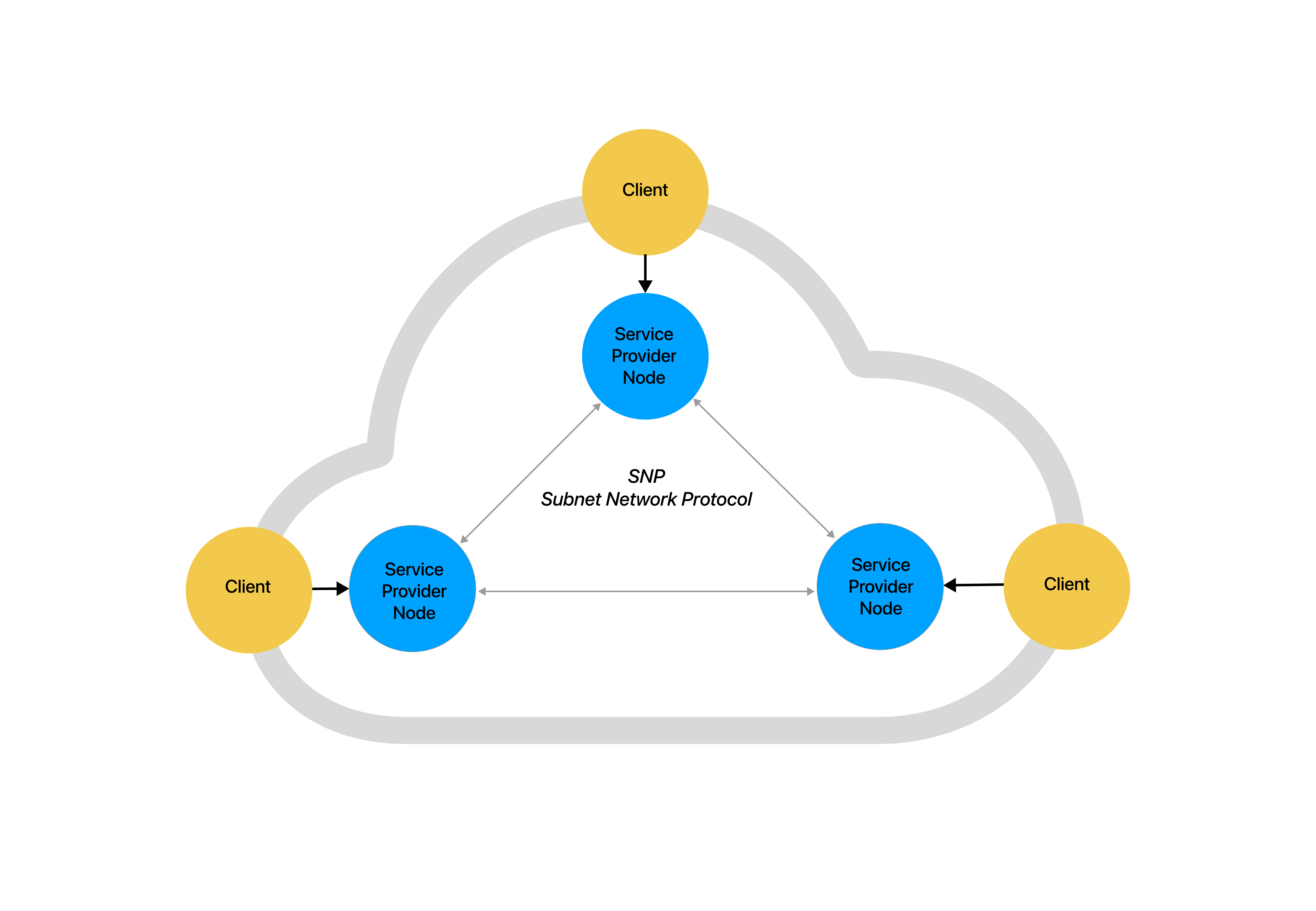
The Subnet software platform has three main components:
Clients- Users run client apps on their digital devices such as mobile phones, tables and desktop computers.Service Providers Nodes- Software which service providers run to provide services to users and to form a federation of service providers.Subnet Network Protocol (SUB)- A network protocol that defines the ALL communications between clients and providers and between providers.
Service providers is a federation of distinct entities which provide services to users and get compensated using cryptocurrency micropayments and a pay-per-use business model.
Service providers compete with each other over users in a free market context based on the quality of service they provide for uses and social reputation with users.
Service providers do not have access to unencrypted users data and the roles they perform is mostly routing and storing of user's encrypted data.
Service providers nodes are designed to run 24x7 in the cloud, communicate with each other using SUB, and provide network services for clients. They can be thought of as a new kind of web servers.
Any user may move at-will from its current service provider to a new service provider with minimal service disruption.
This is a core Subnet design principle that was established to prevent the creation of a monopoly of digital communications and social media service providers. This federated architecture is enabled by open standard network protocol and by a new business model for providers to profit from the services they provide to end users.
Comparison with Legacy Internet Service Providers Model
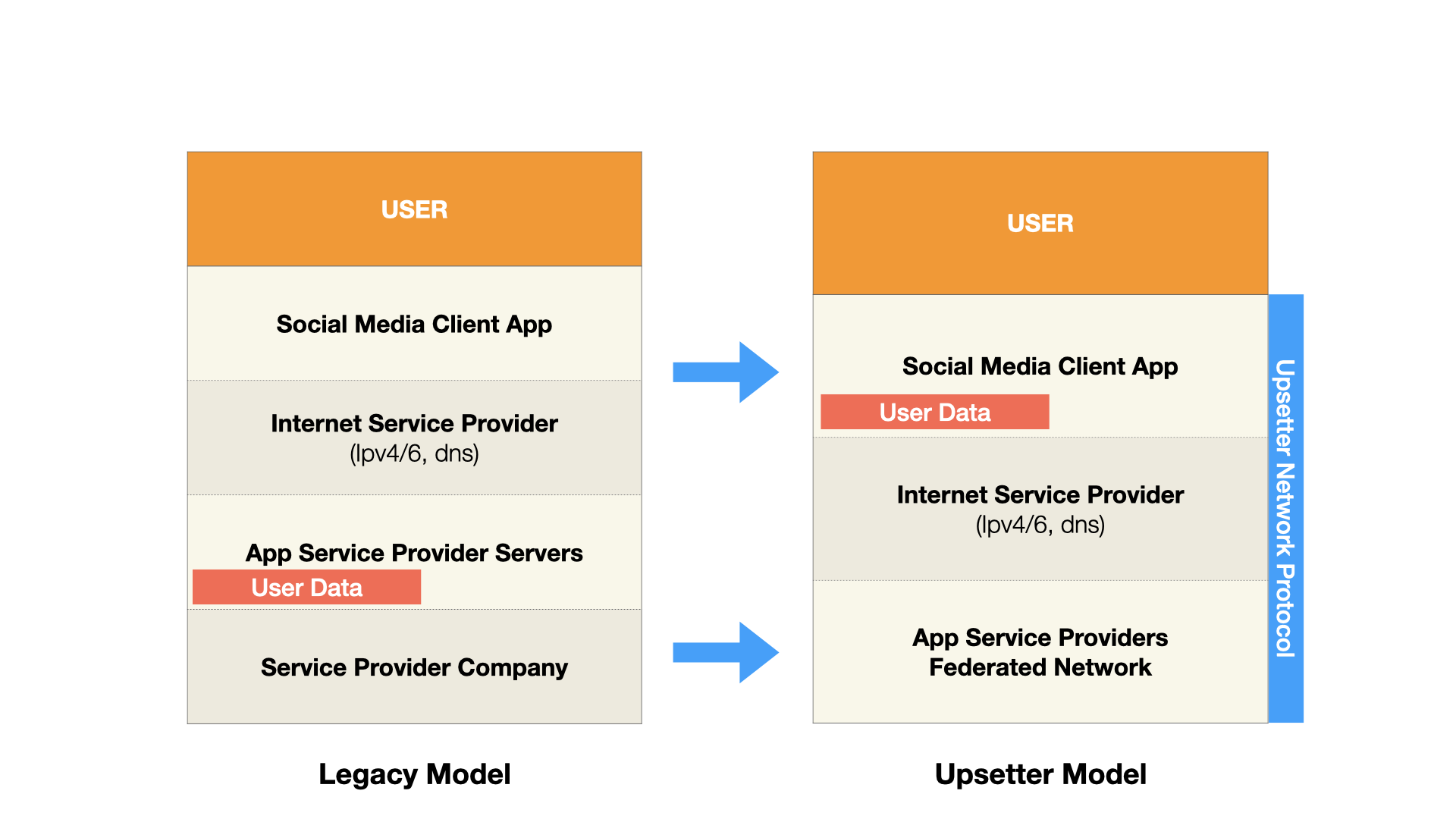
Additional Resources
For all inquiries email cmwebdev@pm.me.
Copyright (c) 2021 by the Subnet Authors. This work is licensed under the Subnet License.